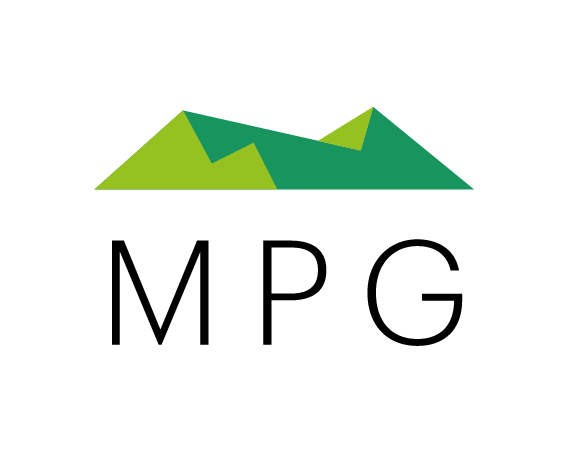What treasures lie beneath the UK's farms?
There’s potential for a wealth of untapped opportunity when it comes to UK farmland.
Farmers in some parts of the UK are effectively sitting on a 'gold mine' with economically important minerals beneath their agricultural land, and the sector should be recognising and making the most of this opportunity. It’s simply a matter of unearthing it – quite literally.
We recently shared our thoughts on the topic with Farm Diversity Magazine (p22). If you missed the original article, catch up below…
The rise in farm diversification
It’s no secret that farmers throughout the UK are looking to explore new ways to diversify their farms – identifying innovative ventures to offer financial sustainability.
It was only last year that a survey by NFU Mutual revealed over a third (37%) of farmers interviewed said they – or a third party – were utilising their land for non-farming purposes.
This was further compounded by 34% of diversified farms stating they planned to pursue further diversification efforts.
And while there are many ways in which farms can branch out from their traditional operations – from glamping sites to agricultural retail – one of the most overlooked avenues of opportunity lies underground, in the form of mineral extraction.
The benefits of mineral extraction on farms
According to research, there are approximately 192,000 farms in the UK, and it’s not unusual for a viable mineral deposit to be found beneath some of these sites.
But what exactly are the financial advantages of mineral extraction on farmland?
Firstly, there is a potential revenue stream regarding much-needed building materials, as farmers can supply the mineral (e.g., sand & gravel, building stone and aggregates) that is extracted from their land to the construction industry.
This not only offers a financial boost for the farm, but it also helps to combat the ongoing material shortages the UK is experiencing and supports the country’s housing and infrastructure development as well as supporting local distinctiveness.
Secondly, once the land has been restored, often back to original ground levels through the importation of inert materials, farmers can either pursue further diversification avenues or return it to agricultural pasture, whilst delivering biodiversity net gains.
Mineral extraction, therefore, represents a multi-use and future-proofed approach to farm diversification.
However, it’s also important to take the type of farmland into account, as this varies throughout the UK. For rough and unproductive agricultural pasture – which could be deemed a ‘financial burden’ to farmers – this is often the best place to look for minerals.
How to get started with mineral extraction
The first step is to establish whether mineral extraction is economically viable – working with an experienced consultancy, such as MPG, to undertake an initial viability assessment and to discuss the planning process.
Following the route of mineral extraction can positively change the economic make-up of a farm.
What’s next for farm diversification?
Ultimately, there’s a lot of revenue and resource potential that’s, effectively, ‘locked inside’ farmland – and there are no downsides to exploring whether minerals are an option.
This is an opportunity which farmers simply need to be aware of, as they look to future-proof their business.
If you’d like to get in touch with us about a project, please email headoffice@mpgyorks.co.uk, call 01274 884599, or fill out the enquiry form on our dedicated webpage.

